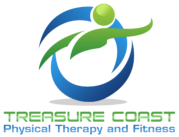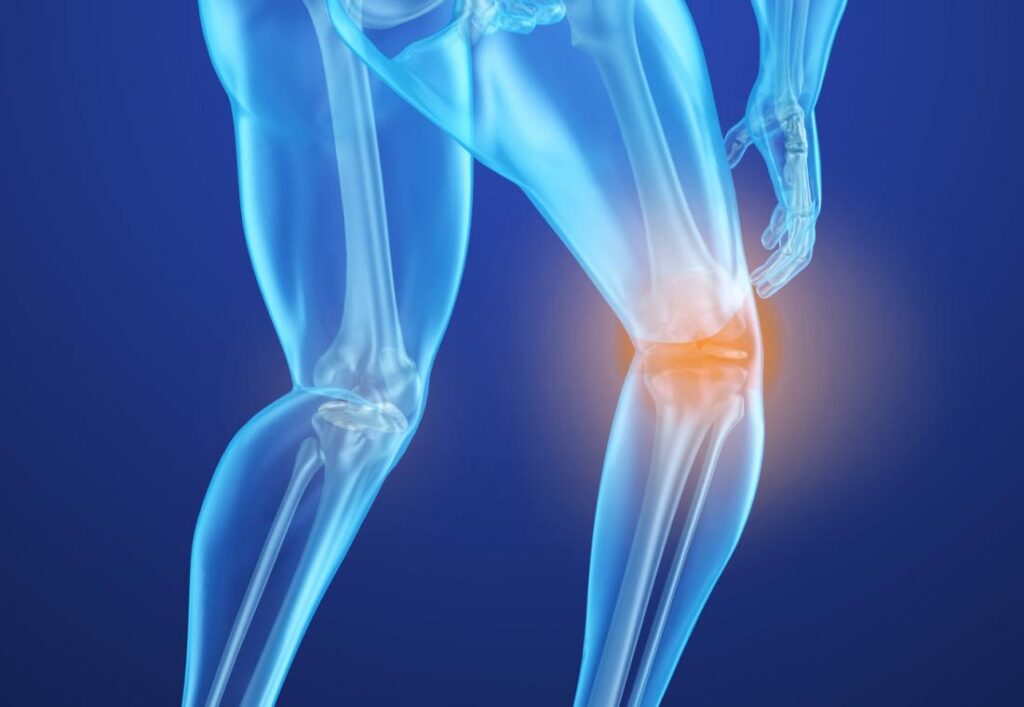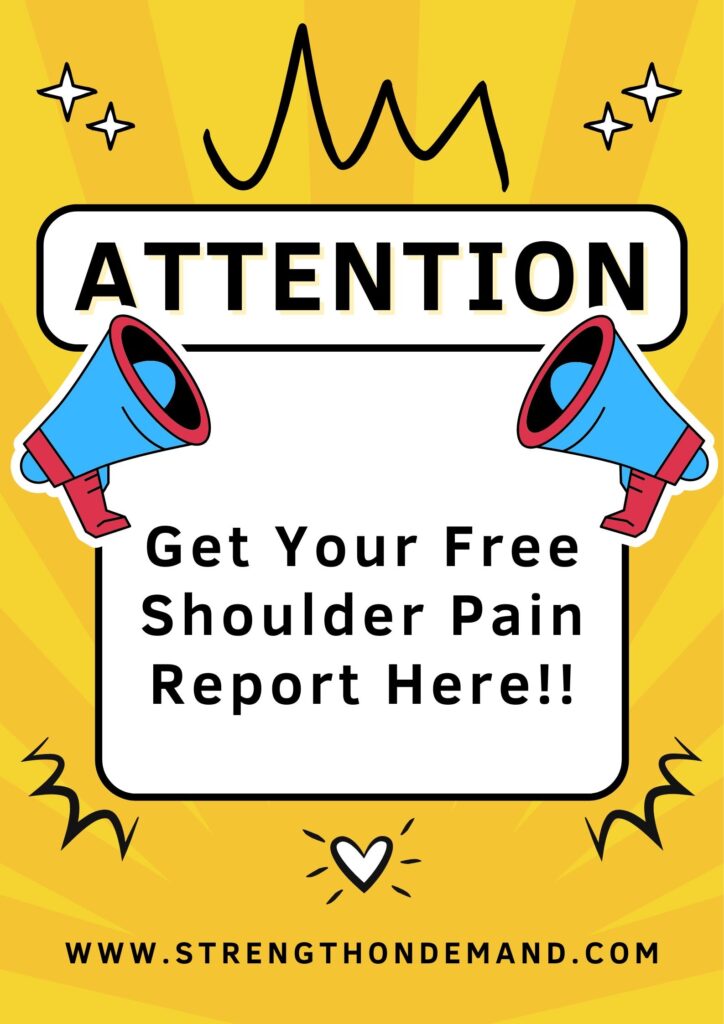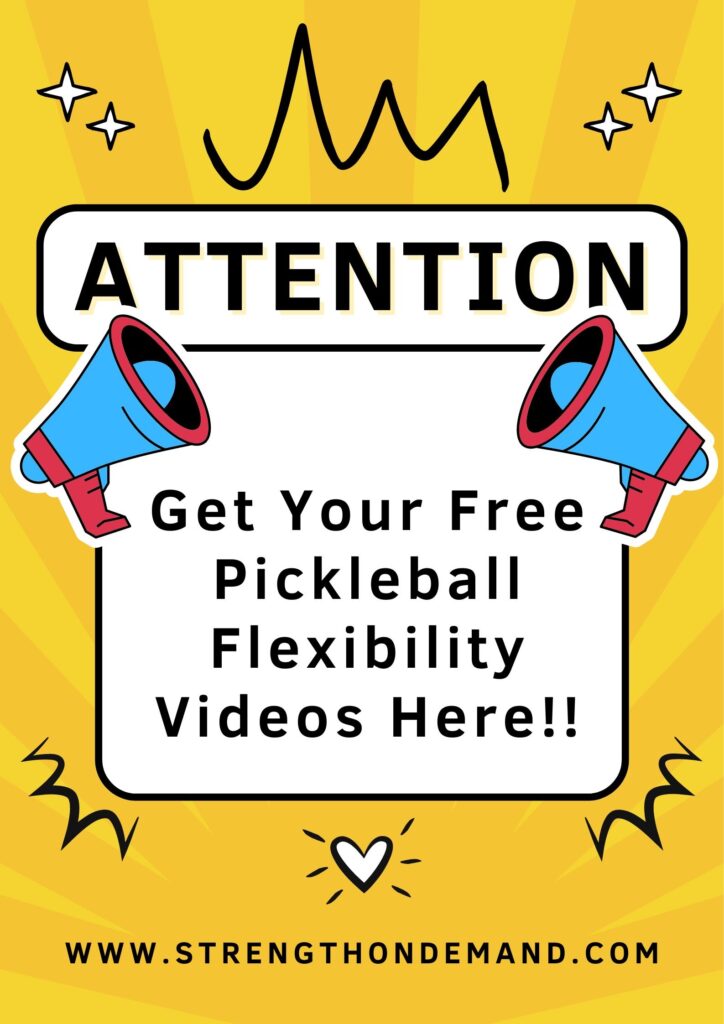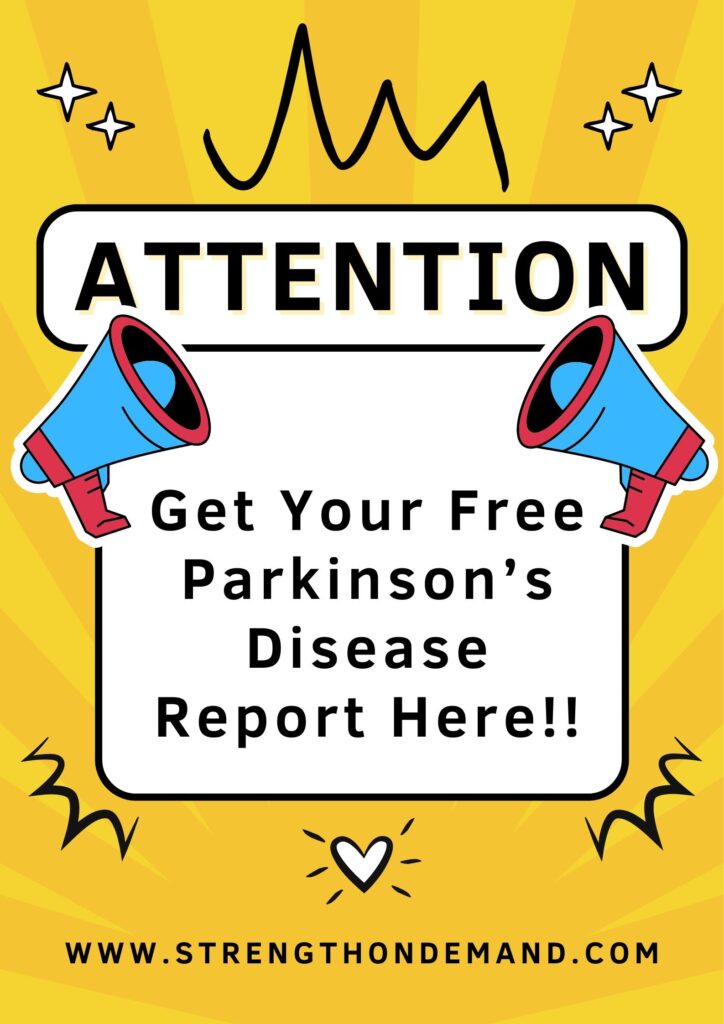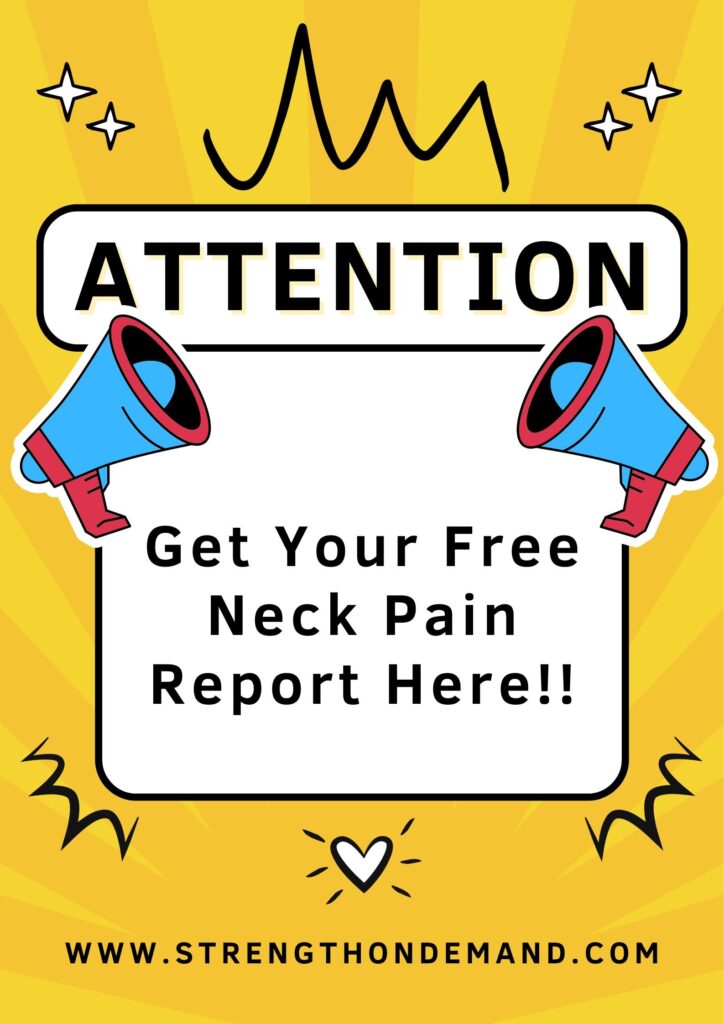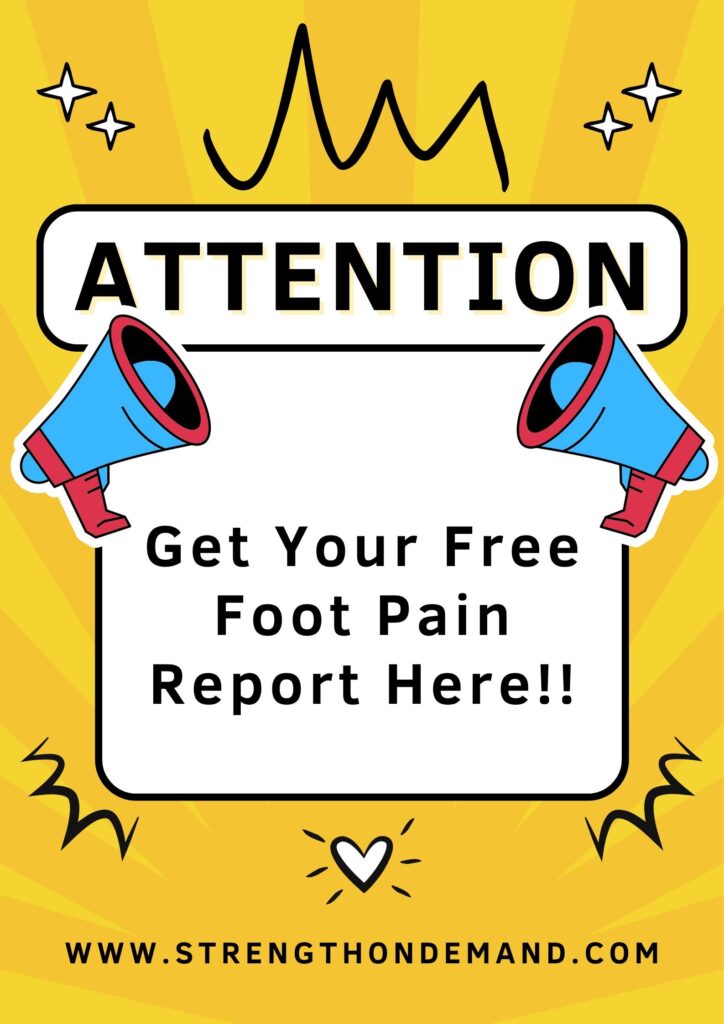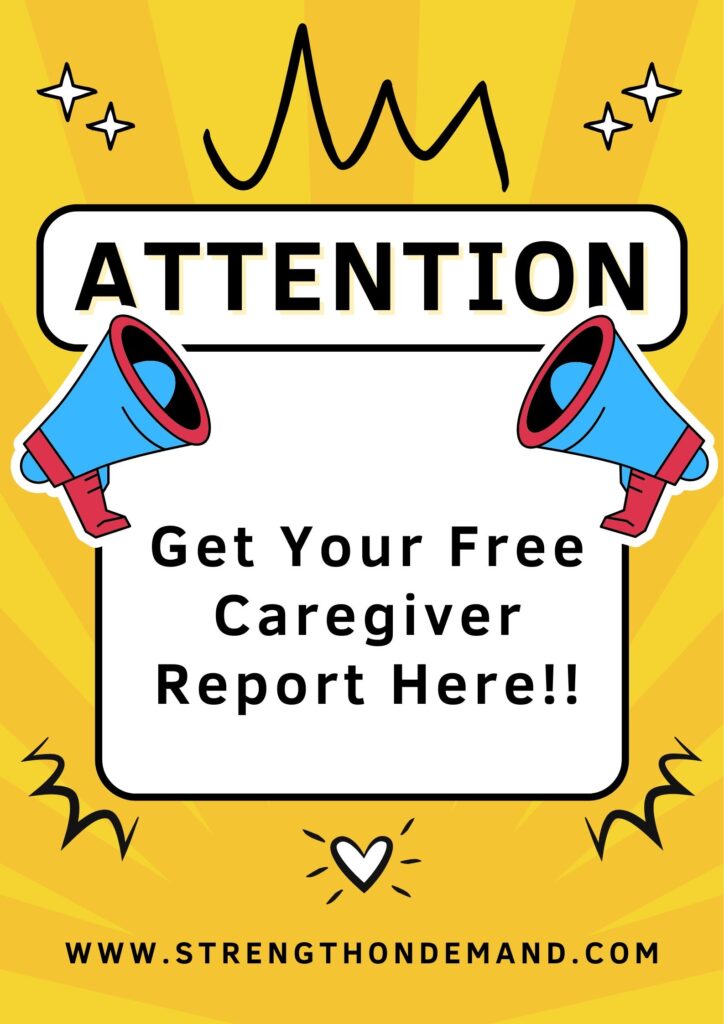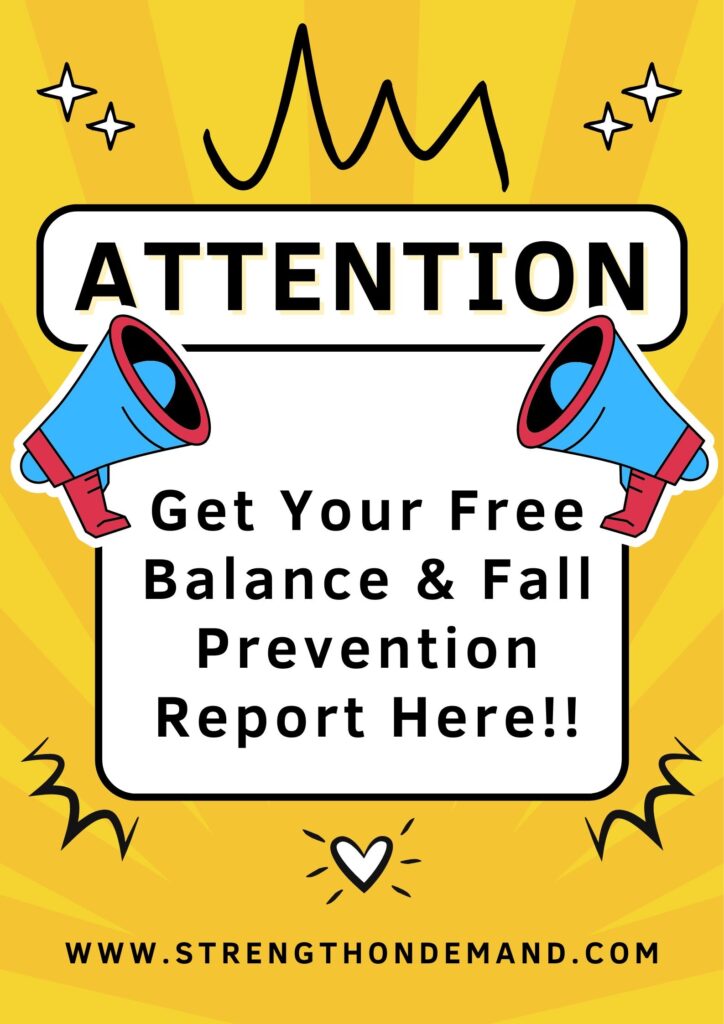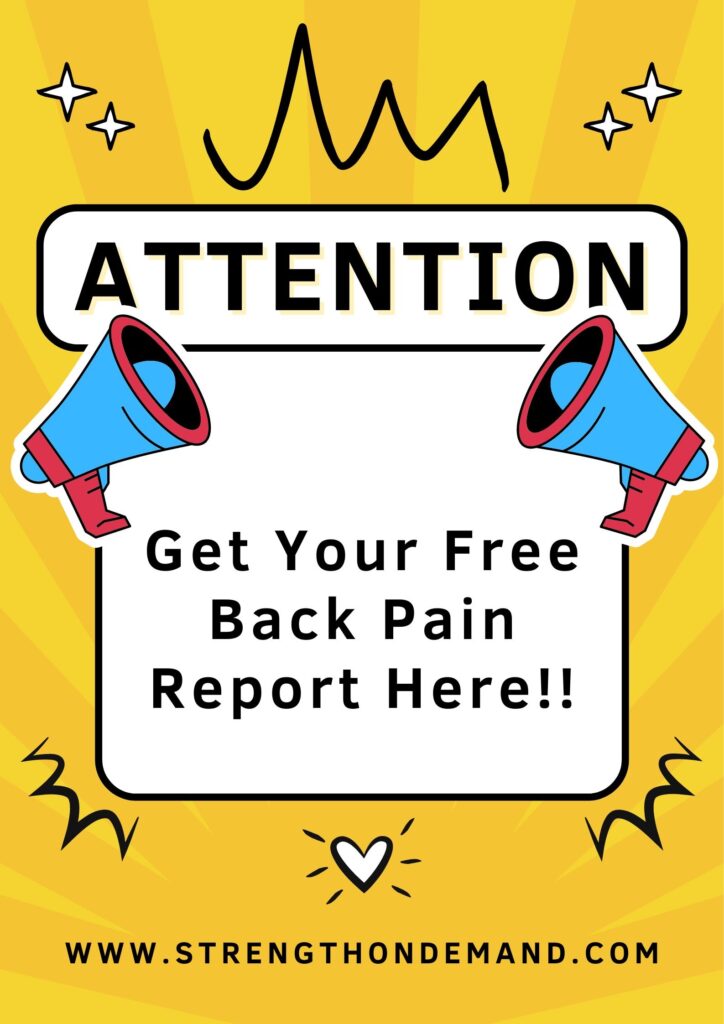What Activities Should I do and Which Should I Avoid
Maybe you have had Physical Therapy in the past, and you didn’t have the best experience. You felt like you were given a “cookie-cutter” program and didn’t get much benefit from it. Well, here at Treasure Coast Physical Therapy and Fitness, each program is customized to each person we work with. Below is a list of some of the techniques we use and will teach you to use in order to help get you out of pain and move like you want to..
- Range of Motion Exercises: These exercises aim to improve joint flexibility and reduce stiffness. Examples include gentle stretching of the affected joint and passive range of motion exercises where a physical therapist moves the joint for you. You can receive Active and Passive Stretching by participating in our Stretch Therapy Sessions.
- Strengthening Exercises: Strengthening the muscles around the affected joint can help provide better support and stability. Exercises may include leg lifts, squats, lunges, and calf raises. Resistance training with bands or weights can also be beneficial. Some of the most functional activities include Pushing, Pulling and Carrying. These will all be performed during training sessions with Treasure Coast Physical Therapy and Fitness.
- Low-Impact Aerobic Exercise: Low-impact aerobic exercises such as swimming, water aerobics, stationary cycling, and walking are gentle on the joints while still providing cardiovascular benefits. We will go over which ones are most beneficial for you as well as proper technique to use in order to minimize stress on your joints.
- Balance and Proprioception Training: Balance exercises can help reduce the risk of falls and improve joint stability. Examples include standing on one leg, heel-to-toe walking, and using visual feedback devices under the guidance of a Physical Therapist. Here at Treasure Coast Physical Therapy and Fitness, we do not just have you stand on a BOSU Ball for balance. We use multiple techniques to allow you to assess and correct your balance, helping you to “feel” what stability actually is.
- Aquatic Therapy: Exercising in water can provide buoyancy and support, reducing the strain on weight-bearing joints. Aquatic therapy exercises may include walking or jogging in water, leg lifts, and arm exercises with water resistance.
- Functional Training: Functional exercises focus on movements that mimic activities of daily living, such as squatting, bending, and lifting. Your physical therapist can tailor exercises to your specific needs and limitations.
- Core Strengthening: Strengthening the muscles of the core (abdominals, back, and hips) can help improve overall stability and reduce stress on the affected joint. Exercises may include planks, bridges, and abdominal crunches.
- Flexibility Exercises: Gentle stretching exercises can help improve joint flexibility and reduce stiffness. Focus on stretching the muscles surrounding the affected joint, including the quadriceps, hamstrings, calves, and hip flexors.
- Posture Correction: Poor posture can exacerbate joint pain and discomfort. Your physical therapist can teach you proper body mechanics and posture techniques to reduce strain on the affected joint during daily activities.
Compressive activities involve putting pressure on the joints, which can exacerbate pain, especially in cases of “bone on bone” conditions like osteoarthritis. There are common exercises that will cause pain in many people suffering from bone-on-bone, but not everyone reacts the same. I tell my patients, “If it hurts, modify the activity and retry it. Don’t just quit. There are many different ways to train each body part. If one does not work for you, we will find another one that does. Here are some compressive activities that may worsen pain in affected joints:
- High-Impact Exercises: Activities that involve repetitive jumping, running, or sudden movements can increase the compressive forces on the joints, leading to pain and discomfort. Examples include jogging, tennis, basketball, and high-impact aerobics. If you are in too much pain to play singles tennis, try doubles. It is not as aggressive yet you can continue to enjoy the game you love so much.
- Stair Climbing: Climbing stairs can put significant pressure on the knees and hips, aggravating pain in these weight-bearing joints. Descending stairs can be particularly problematic due to the increased load on the joints. Sometime simply changing the way you come down the stairs can make all the difference.
- Heavy Lifting: Lifting heavy objects or engaging in activities that require lifting and carrying heavy loads can increase pressure on the joints, especially in the spine, hips, and knees. This can lead to increased pain and stiffness, particularly if proper lifting techniques are not used.
- Deep Squats: Performing deep squats or exercises that involve deep knee bends can place excessive strain on the knee joints, exacerbating pain in individuals with osteoarthritis or other joint conditions. Partial squats or using proper form with lighter weights may be more appropriate. Before stopping all squatting activities, have a Physical Therapist assess the mechanics of your squat. Small corrections can greatly reduce the pain.
- Prolonged Standing or Sitting: Maintaining the same position for an extended period, whether standing or sitting, can increase pressure on the joints and contribute to pain and stiffness. It’s essential to take regular breaks and change positions frequently to alleviate joint stress. Remember, there is no “Perfect Posture.” You want to move from one posture or position to another throughout the day. But when you are in a particular posture, such as sitting, you want to hold your joints in the most efficient position possible to place the least amount of strain on your muscles and joints.
- Impact Sports: Sports that involve sudden stops, starts, and changes in direction, such as soccer, football, and hockey, can subject the joints to high levels of impact and compression, leading to increased pain and potential injury.
- High-Intensity Interval Training (HIIT): HIIT workouts often involve rapid, intense movements and may include exercises like burpees, jumping jacks, and squat jumps, which can exacerbate joint pain due to the repetitive impact and compressive forces.
- Unsupported Twisting Movements: Twisting motions, especially when performed without proper support or control, can strain the joints and exacerbate pain. Avoid activities that involve sudden or forceful twisting of the spine or other joints.
- Heavy Impact Aerobics: Traditional aerobic exercises like step aerobics or dance aerobics may involve repetitive, high-impact movements that can worsen joint pain, particularly in individuals with pre-existing joint conditions.
- Activities on Hard Surfaces: Exercising or performing activities on hard surfaces like concrete can increase the impact on the joints, leading to greater pain and discomfort. Whenever possible, choose softer surfaces or use appropriate cushioning to reduce joint stress.
At Treasure Coast Physical Therapy and Fitness, we recognize that each individual is unique, with specific needs that require personalized attention. Are you seeking tailored guidance beyond standard exercises?
If you’re unsure whether physical therapy is the right fit for you, we offer a range of treatment options to address various concerns. From custom-made orthotics to stretch therapy, soft tissue mobilization, KAATSU Training, and a variety of physical therapy techniques, we have solutions to suit your needs.
Consider starting with a Free 30-minute Discovery Visit. During this session, you’ll meet with our experienced therapist to discuss your health concerns in detail. We’ll take the time to understand your goals and create a customized approach to meet your needs.
If you prefer the convenience of a telephone consultation, we also offer that option. You’ll have the opportunity to speak with a knowledgeable therapist about your concerns and explore how our treatments can benefit you.
Whether you opt for an in-person Discovery Session or a telephone consultation, our aim remains the same: to empower you with the information and support needed to make informed decisions about your health.
Take the first step toward a brighter, pain-free future by reaching out to book your appointment with us today.
Call us at 772-485-9447
Email us at nicholasparmigiano@kbfitnessonline.com
Visit our site at www.strengthondemand.com
